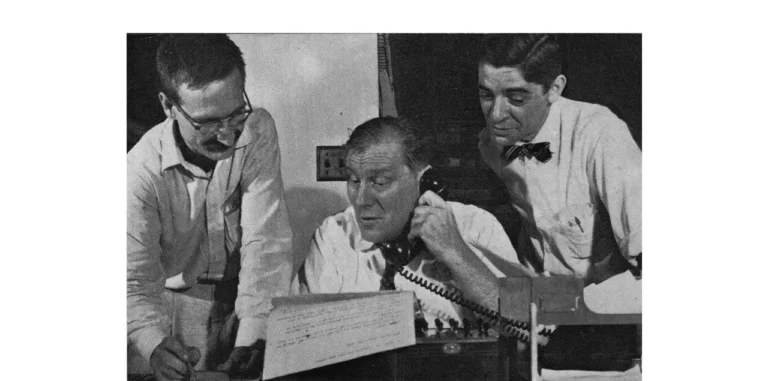The Customer is Always Right
What PR people can learn from a baseball great and sales experts about pitching stories
Sadaharu Oh hit 868 home runs in Japan’s Central League, many more dingers than Hank Aaron (755) or Barry Bonds (762) hit in this country. Oh, who ended his 22-year playing career in 1980, once explained his Zen-like batting secret this way: The opposing pitcher was his partner, who was giving him an opportunity to hit a home run. The pitcher was trying to deliver a pitch to hit, but sometimes failed.
Maybe it’s time for public relations people to think about journalists the same way Oh thought of pitchers: They are trying to do the stories we want, but sometimes they fail. How do we help them? It takes a lot of patience.
Zen might give us the inner tranquility to deal with rascally reporters. Yet hard-charging PR people might be more likely to draw inspiration from oft-repeated insights into selling.
Here are six tips on pitching stories:
1. The customer is always right. Legendary 19th Century retailers such as Marshall Field and Harry Gordon Selfridge lived by this motto even when they knew the customer was wrong.
Think of reporters as your customers. Are you trying to sell them something they don’t want? Too often, PR people focus on the story they want and ignore the story the reporter will see as newsworthy and will decide to do.
Start with what reporters want. Give them that (or as much as you can), and then work toward what you want to give them.
2. Study your reporters. If you ask reporters what kind of stories they’re interested in, they often don’t give very clear answers. But as sales prospects, they have a buying history you should examine — their stories. Analyze each story not just for the topic, but what makes it newsworthy.
“The most valuable commodity I know of is information,” declared Gordon Gekko, played by Michael Douglas, in the 1987 movie “Wall Street.”
To some extent, reporters and editors think about stories in terms of precedent: We’ll do this story because we already did that story. This story is like that story, but different. Your pitch should stress the elements of newsworthiness the reporter has shown interest in. Forget about your organization’s involvement and ask: Is your pitch more newsworthy than stories already published or broadcast?
3. Be persistent. How many times does a salesperson expect to contact a prospect before making a sale? More than you might think. Marketing experts still refer to the Rule of 7, which dates back to the 1930s, when the Hollywood studios determined the minimum number of times a customer needed to see an ad before buying a ticket.
There’s even a Seven Times Seven Rule, which means a customer needs to hear about a product seven times, seven different ways, before taking action. Oh brother!
Look for new ways, or a new angle to pitch your story. A reporter may not want to do a story focused on your organization, for example, but may include it as an example in a broader trend story.
Once you place a story, you should gain credibility with that reporter, leading to another story.
But the first sale is the hardest.
4. Build connections, bit by bit. Reach out to reporters when you’re not pitching a story. Look for ways to help: suggest a story, pass along an interesting fact, identify an expert they can use. Compliment them on a story you’re not involved in. (Reporters are funny when you praise a story you’re in: “I didn’t write it so that you would like it.”)
Aim to bump into them at events, which are coming back. Like, share or comment on their posts on social media, where appropriate.
Invite them for coffee, but focus on how you can help, not on your organization. At first, they might be suspicious. But if your interest is genuine, you’ll win them over.
“Make a customer, not a sale,” Katherine Barchetti, a luxury boutique owner in Pittsburgh, likes to say.
5. Don’t pitch, which is unusual advice for a story about pitching stories. But reporters don’t like to be told. They like to ask questions, find out for themselves. They need to understand.
“Nobody likes to be sold but everybody likes to buy,” a trainer with Dale Carnegie & Associates once said.
If these tips seem hard, they are. Even Oh became discouraged after his first three seasons, which were disastrous. In his 1984 book, “Sadaharu Oh: A Zen Way of Baseball,” he tells about wandering the streets of Tokyo one night amid a downpour, “languishing in the rain, struggling hopelessly against myself.”
Which is why I have one last suggestion.
6. Carry an umbrella.
Tom Corfman is an attorney and senior consultant with Ragan Consulting Group. Previously, he was director of communications for the Treasurer of Cook County, Illinois, and a member of the Editorial Board of Crain’s Chicago Business.







